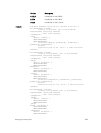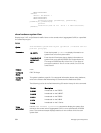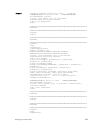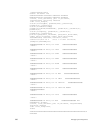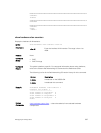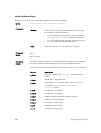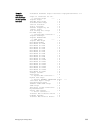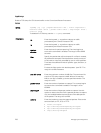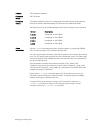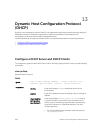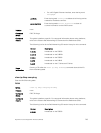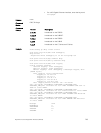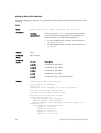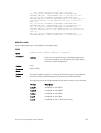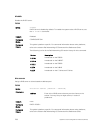Defaults TCP dumps are disabled.
Command
Modes
EXEC Privilege
Command
History
This guide is platform-specific. For command information about other platforms,
refer to the relevant Dell Networking OS Command Line Reference Guide.
The following is a list of the Dell Networking OS version history for this command.
Version Description
9.2(1.0) Introduced on the Z9500.
8.3.19.0 Introduced on the S4820T.
8.3.11.1 Introduced on the Z9000.
8.3.7.0 Introduced on the S4810.
Usage
Information
Use the tcpdump command to perform a packet capture on a specified Z95000
CPU: Control Processor (CP) or Route Processor (RP).
You can use the capture-duration timer and the packet-count counter at the same
time. The TCP dump stops when the first of the thresholds is met. That means that
even if the duration timer is 9000 seconds, if the maximum file count parameter is
met first, the dumps stop.
The files saved on the flash are located in the flash://TCP_DUMP_DIR/
Tcpdump_<time_stamp_dir>/directory. The file name is tcpdump_*.pcap. There
can be up to 20 Tcpdump_<time_stamp_dir> directories. If more than 20 files are
created, the oldest is overwritten.
Entering the no tcpdump command stops any TCP dump process running in
either the Control Processor or Route Processor. The dump stops immediately,
without waiting for a threshold to be met.
To stop the TCP dump process running in the CP processor, enter the no
tcpdump cp command; to stop the TCP dump process running in the RP
processor, enter the
no tcpdump rp command.
Debugging and Diagnostics
701



